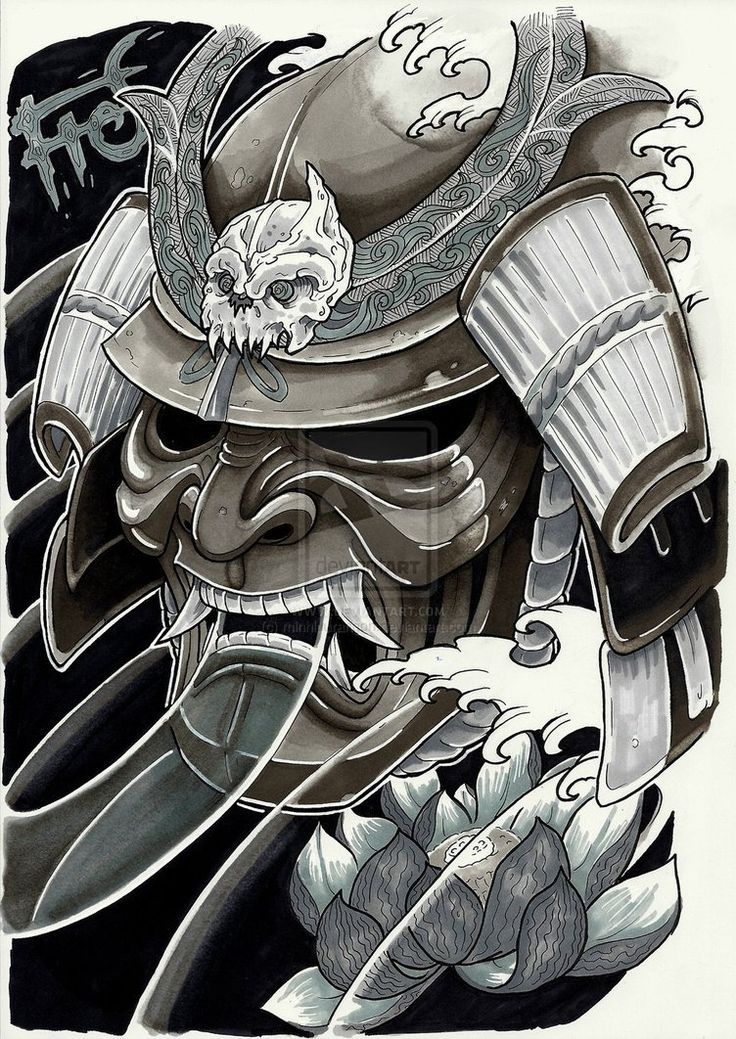Marine vs Army Difference

Introduction to Marine vs Army Difference

The terms Marine and Army are often used interchangeably, but they have distinct differences in terms of their roles, responsibilities, and areas of operation. Both are crucial components of a country’s defense system, but they specialize in different aspects of military operations. In this article, we will delve into the differences between the Marine Corps and the Army, exploring their histories, mission statements, organizational structures, and operational areas.
History and Mission Statement

The United States Marine Corps was established on November 10, 1775, as a branch of the military specializing in naval expeditionary operations. The Marine Corps’ mission is to provide power projection from the sea, utilizing the mobility of the Navy to rapidly respond to crises around the world. Their mission statement emphasizes the conduct of amphibious assaults, Crisis Response, and Defense of Naval Bases and Air Stations.
On the other hand, the United States Army was established on June 14, 1775, and is the largest branch of the U.S. military. The Army’s mission is to protect the American people and the nation by fighting and winning wars, and it is responsible for land-based military operations. The Army’s mission statement focuses on protecting the nation by defeating enemies, securing land, and maintaining peace.
Organizational Structure

The organizational structures of the Marine Corps and the Army also reflect their different missions and operational focuses. The Marine Corps is organized into Forces, with the Fleet Marine Force being the main operational component. It is further divided into Divisions, Regiments, Battalions, and Companies. The Marine Corps emphasizes the concept of “Every Marine a Rifleman,” highlighting the idea that every Marine, regardless of their Military Occupational Specialty (MOS), is a trained rifleman first.
The Army, being the larger force, has a more complex organizational structure. It is divided into Commands, Corps, Divisions, Brigades, Battalions, and Companies. The Army has a wide range of specialties, from infantry and armor to engineering and signal corps, each with its unique role in supporting the Army’s overall mission.
Operational Areas and Specializations

One of the most significant differences between the Marine Corps and the Army is their operational area. The Marine Corps specializes in amphibious operations, rapidly deploying from naval ships to conduct operations ashore. This includes beach assaults, urban warfare, and securing key terrain. The Marine Corps is also known for its Expeditionary Units, such as the Marine Expeditionary Units (MEUs) and the Marine Expeditionary Brigades (MEBs), which are designed to be self-contained forces capable of conducting a wide range of missions.
The Army, with its broader mission, operates in a wide range of environments, from deserts to jungles, and from urban to rural areas. The Army has Special Operations Forces, such as the Rangers and the Special Forces (Green Berets), which conduct unconventional warfare, direct action, and special reconnaissance. The Army also operates Main Battle Tanks, Artillery, and Attack Helicopters, providing the heavy firepower needed for large-scale land operations.
Training and Culture

The training and culture of the Marine Corps and the Army also reflect their different identities and operational focuses. Marine Corps training, particularly Boot Camp, is notoriously challenging, emphasizing physical fitness, combat skills, and esprit de corps. The Marine Corps places a strong emphasis on leadership and discipline, with a focus on developing leaders who can operate independently in chaotic environments.
Army training is also rigorous but varies widely depending on the Military Occupational Specialty (MOS). The Army has a broader range of training programs, from basic combat training to advanced specialized courses. The Army culture emphasizes teamwork, loyalty, and duty, with a focus on developing soldiers who can work together effectively to achieve their mission.
Comparison Table

The following table summarizes some of the key differences between the Marine Corps and the Army:
| Branch | Established | Mission | Operational Area | Specializations |
|---|---|---|---|---|
| Marine Corps | November 10, 1775 | Power projection from the sea | Amphibious operations | Expeditionary Units, Amphibious Assault |
| Army | June 14, 1775 | Protect the nation by fighting and winning wars | Land-based operations | Special Operations Forces, Main Battle Tanks, Artillery |

💡 Note: This comparison is based on the United States Marine Corps and the United States Army, and the specifics may vary for other countries' marine and army forces.
In conclusion, while both the Marine Corps and the Army are vital components of a country’s defense system, they have distinct differences in their histories, mission statements, organizational structures, operational areas, and specializations. Understanding these differences is crucial for appreciating the unique roles each branch plays in defending the nation and achieving military objectives.
What is the primary mission of the Marine Corps?

+
The primary mission of the Marine Corps is to provide power projection from the sea, utilizing the mobility of the Navy to rapidly respond to crises around the world.
How does the organizational structure of the Marine Corps differ from the Army?

+
The Marine Corps is organized into Forces, with the Fleet Marine Force being the main operational component, whereas the Army has a more complex structure divided into Commands, Corps, Divisions, Brigades, Battalions, and Companies.
What are the key specializations of the Marine Corps and the Army?

+
The Marine Corps specializes in amphibious operations, expeditionary units, and rapid deployment, while the Army has a broader range of specializations, including special operations forces, main battle tanks, artillery, and attack helicopters.



